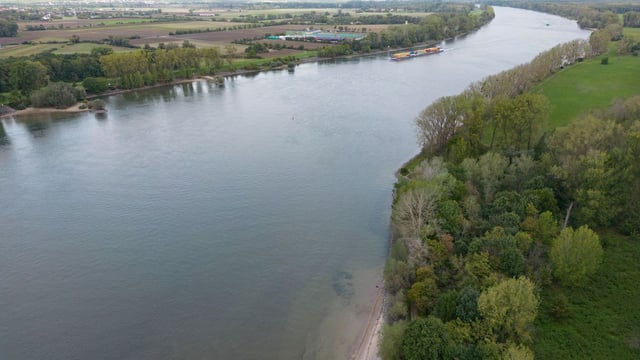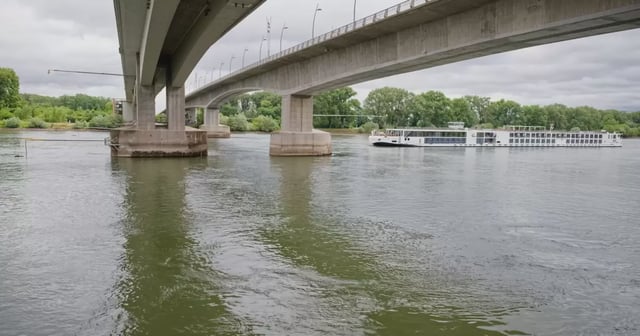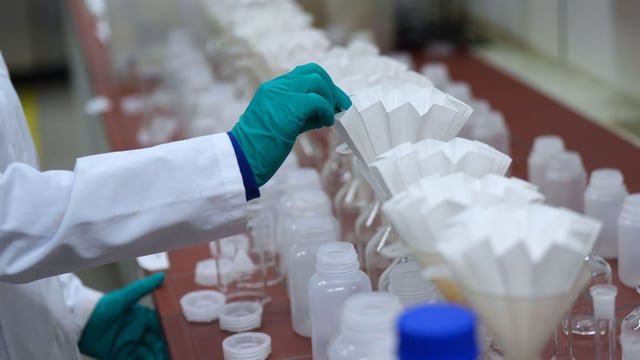Overview
- The station was founded after the 1986 Sandoz chemical disaster released 20 tonnes of toxins into the Rhine and began automated 24/7 sampling at Worms in May 1995.
- Jointly operated by Baden-Württemberg, Hessen and Rheinland-Pfalz, the facility employs mass spectrometry and chromatography to measure micro-pollutants, heavy metals and pharmaceutical residues.
- As Germany’s main hub in the International Commission for the Protection of the Rhine’s network, the Worms station provides early warnings to environmental authorities across the river basin.
- Real-time data on parameters such as pH, conductivity, nitrates and trace contaminants is published online to ensure full public transparency.
- Although returning fish and sensitive organisms attest to decades of improvement, emerging threats like microplastics and perfluorinated chemicals underscore ongoing challenges.


